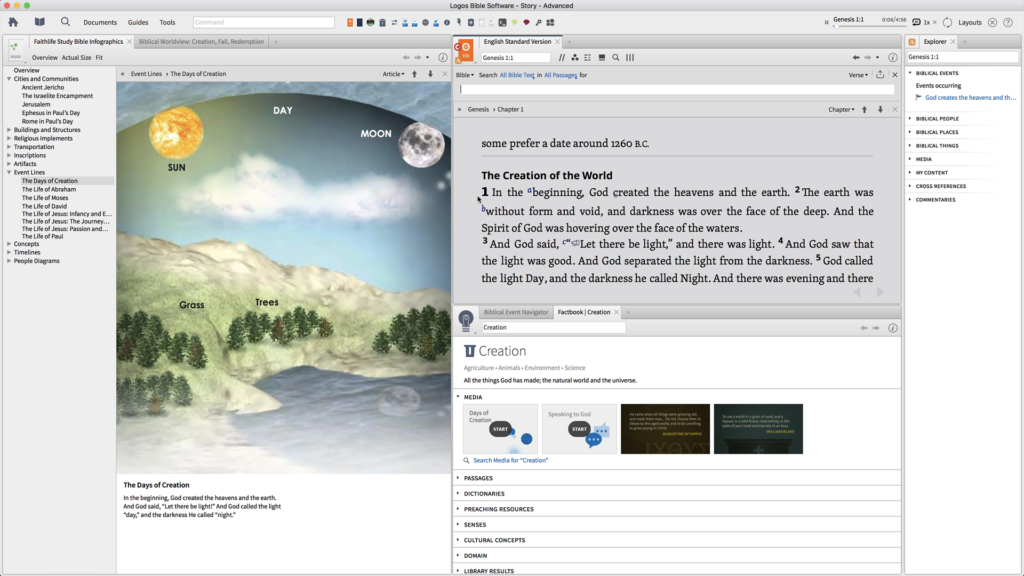by Sharyl Attkisson
I’ve done quite a bit of reporting about how Wikipedia is definitely not “the encyclopedia anyone can edit.” It’s become a vehicle for special interests to control information. Agenda editors are able to prevent or revert edits and sourcing on selected issues and people in order to control the narrative.
Watch Sharyl Attkisson’s TedX talk on Wikipedia and other Astroturf tools
My own battle with Wikipedia included being unable to correct provably false facts such as incorrect job history, incorrect birth place and incorrect birth date.
What’s worse is that agenda editors related to pharmaceutical interests and the partisan blog Media Matters control my Wikipedia biographical page, making sure that slanted or false information stays on it. For example, they falsely refer to my reporting as “anti-vaccine,” and imply my reporting on the topic has been discredited. In fact, my vaccine and medical reporting has been recognized by top national journalism awards organizations, and has even been cited as a source in a peer-reviewed scientific publication. However, anyone who tries to edit this factual context and footnotes onto my page finds it is quickly removed.
What persists on my page, however, are sources that are supposedly disallowed by Wikipedia’s policies. They include citations by Media Matters, with no disclosure that it’s a partisan blog.
Another entity quoted on my Wikipedia biographical page to disparage my work is the vaccine industry’s Dr. Paul Offit. But there’s no mention of the lawsuits filed against Offit for libel (one prompted him to apologize and correct his book), or the fact that he provided false information about his work and my reporting to the Orange County Register, which later corrected its article. Obviously, these facts would normally make Offit an unreliable source, but for Wikipedia, he’s presented as if an unconflicted expert. In fact, Wikipedia doesn’t even mention that’s Offit is a vaccine industry insider who’s made millions of dollars off of vaccines.
Meantime, turn to Dr. Offit’s own Wikipedia biography and– at last look– it also omitted all mention of his countless controversies. Instead, it’s written like a promotional resume– in violation of Wikipedia’s supposed politics on neutrality.
Watch Sharyl Attkisson’s TedX talk on Fake News
These biographies are just two examples of ones that blatantly violate Wikipedia’s strict rules, yet they are set in stone. The powerful interests that “watch” and control the pages make sure Offit’s background is whitewashed and that mine is subtly tarnished. They will revert or change any edits that attempt to correct the record.
This, in a nutshell, exemplifies Wikipedia’s problems across the platform as described by its co-founder Larry Sanger.
Watch “Wikipedia: The Dark Side,” a Full Measure investigation
Do you find these posts helpful and informative? Please CLICK HERE to help keep us going!









